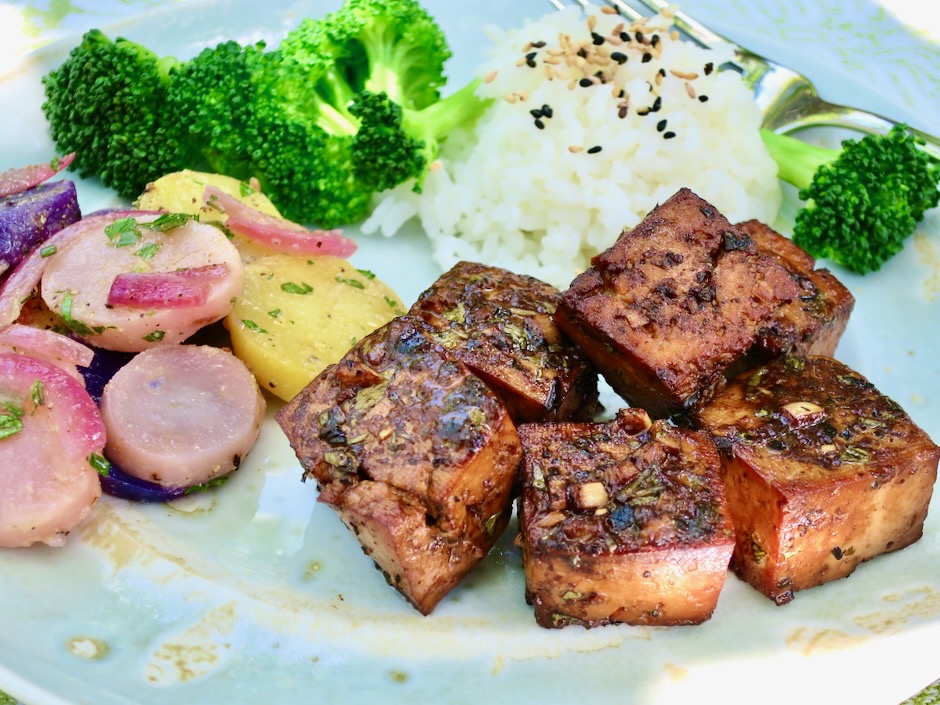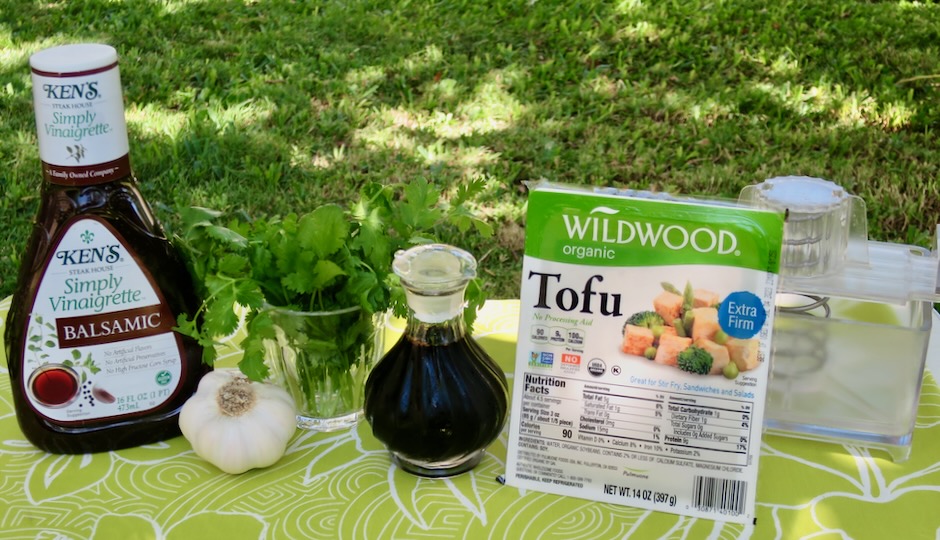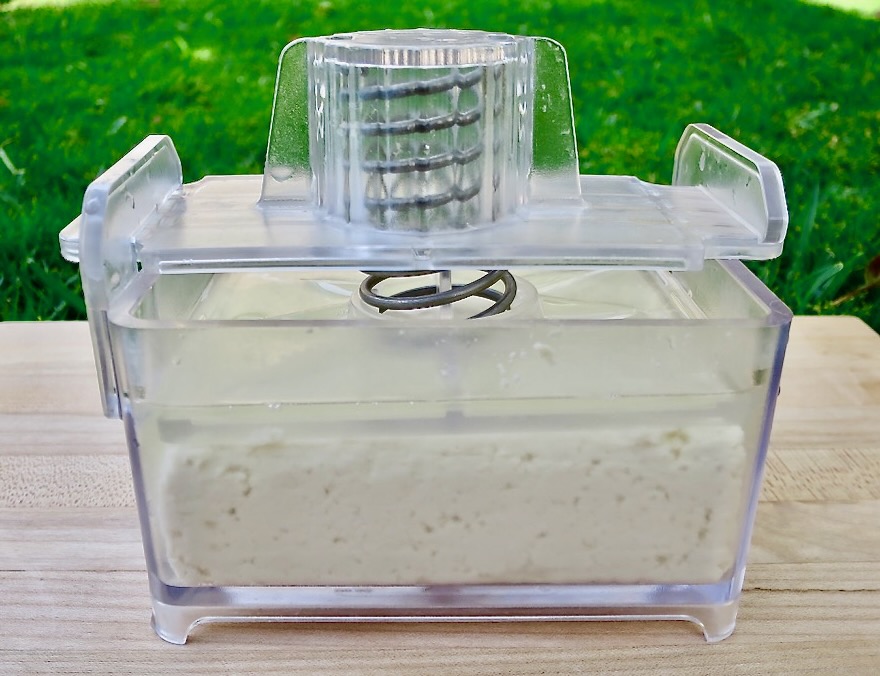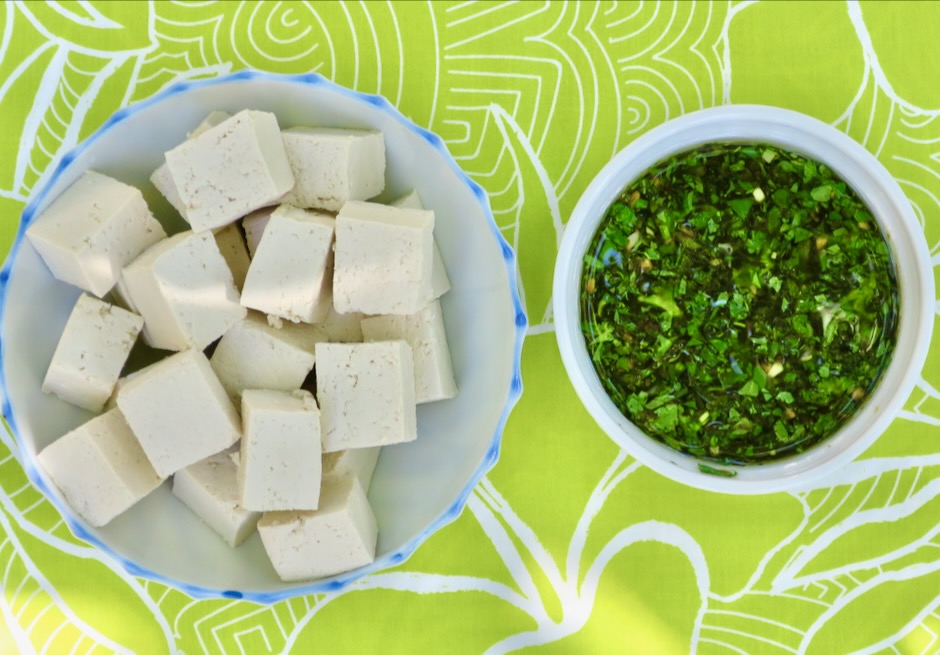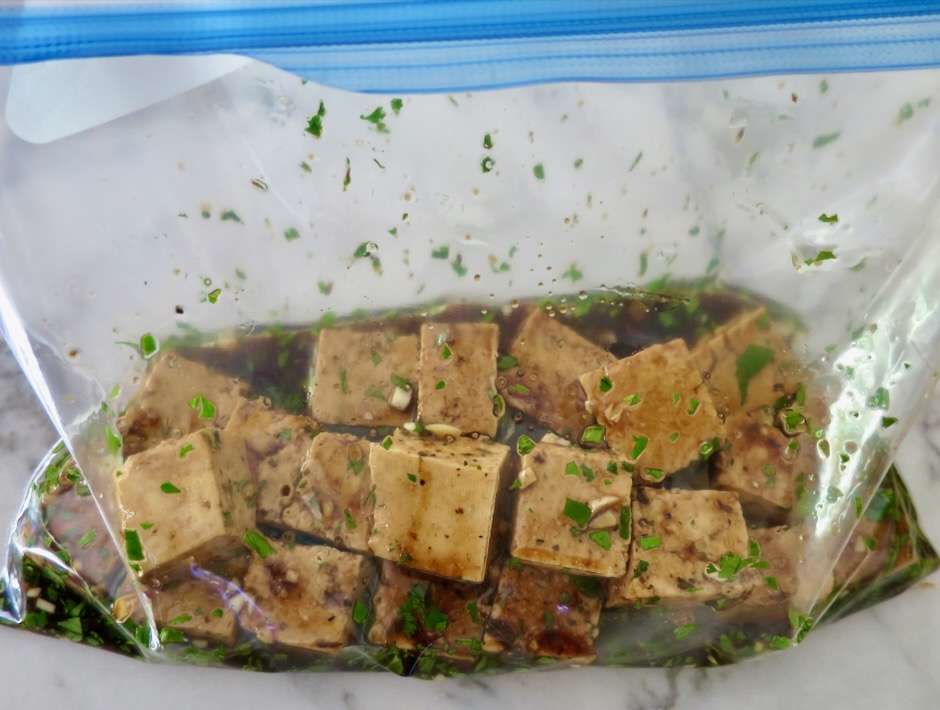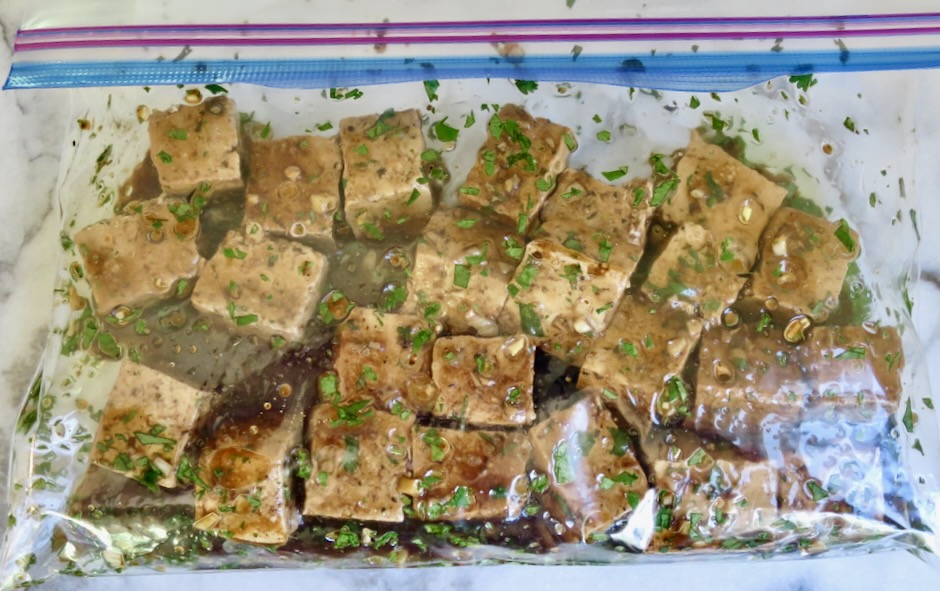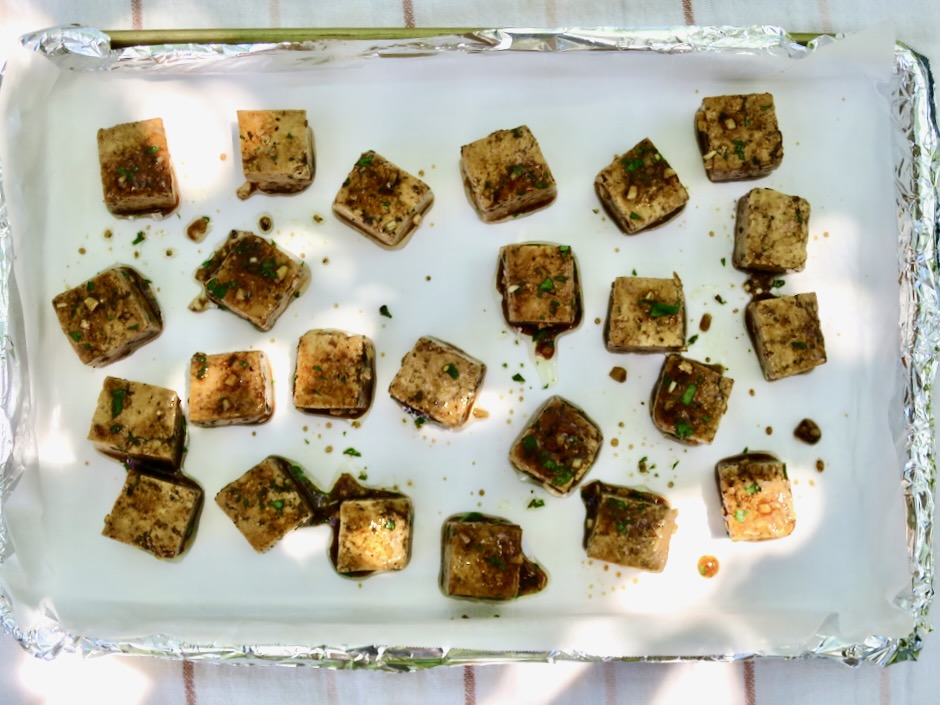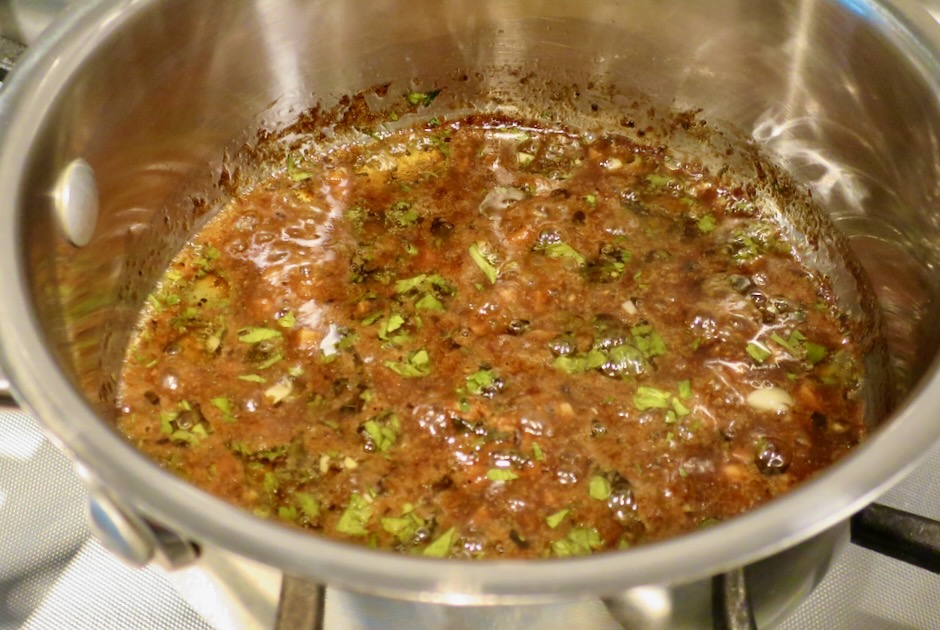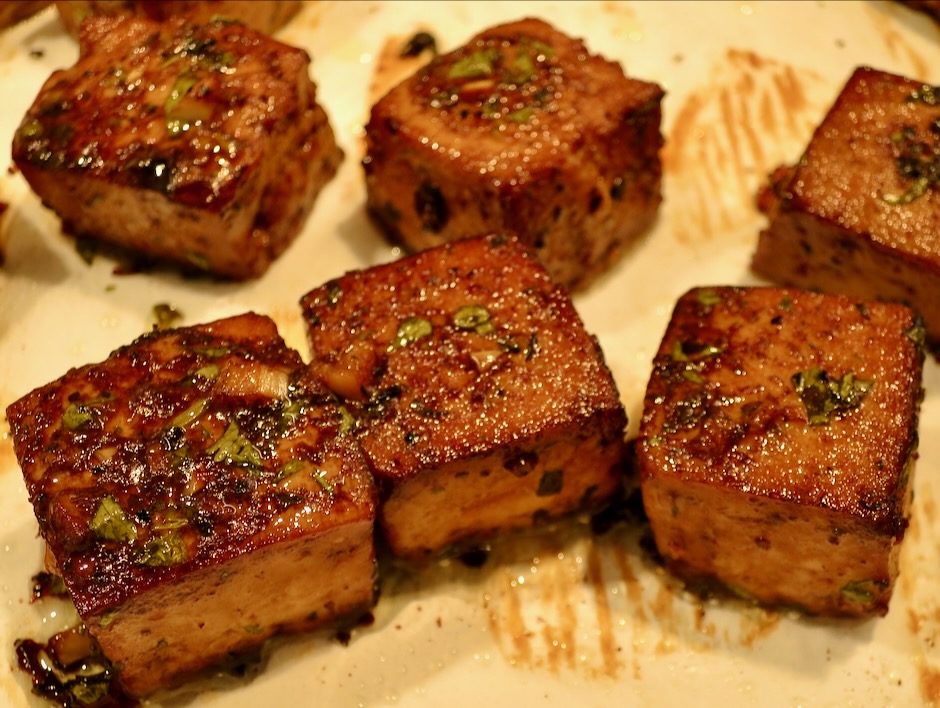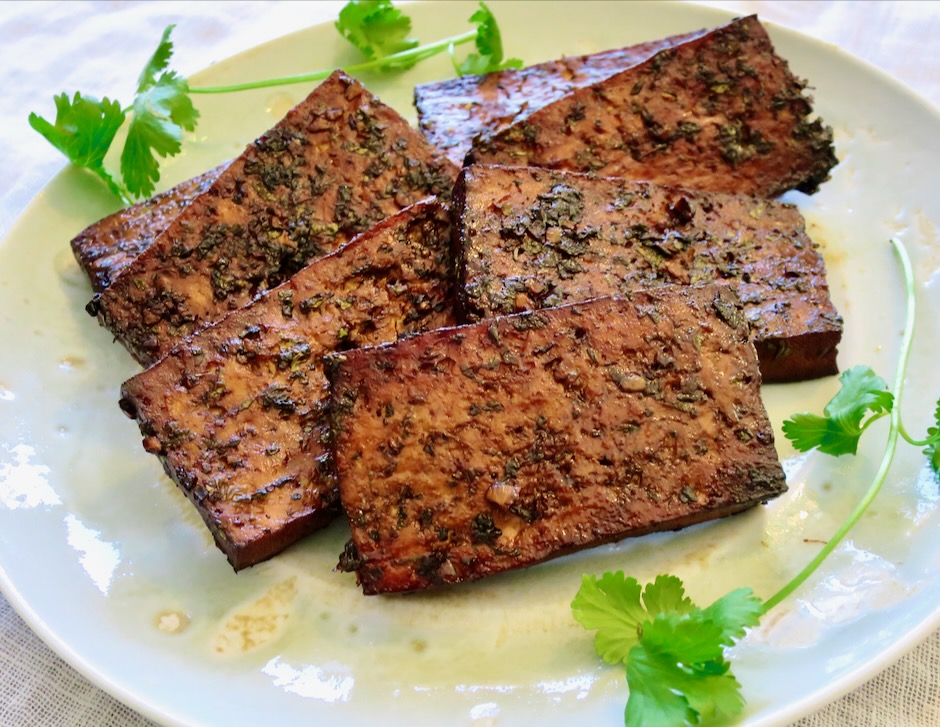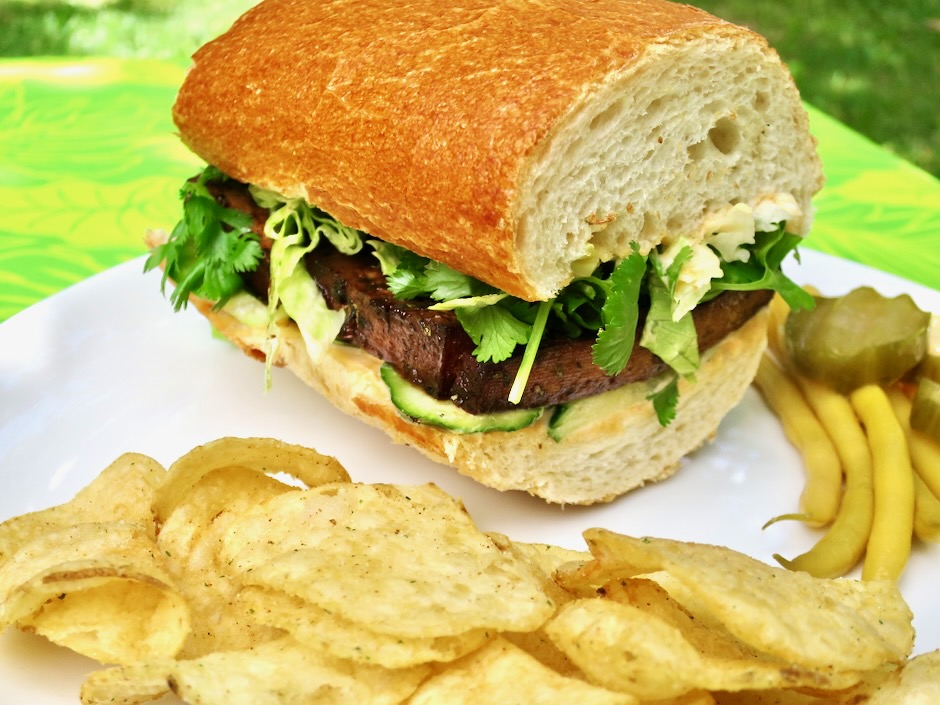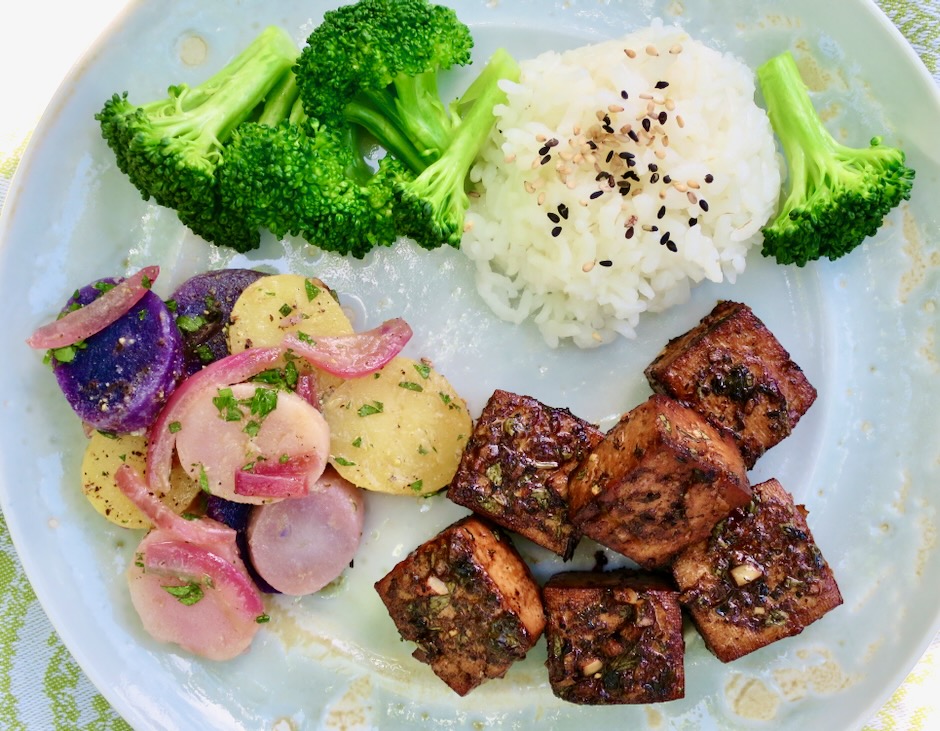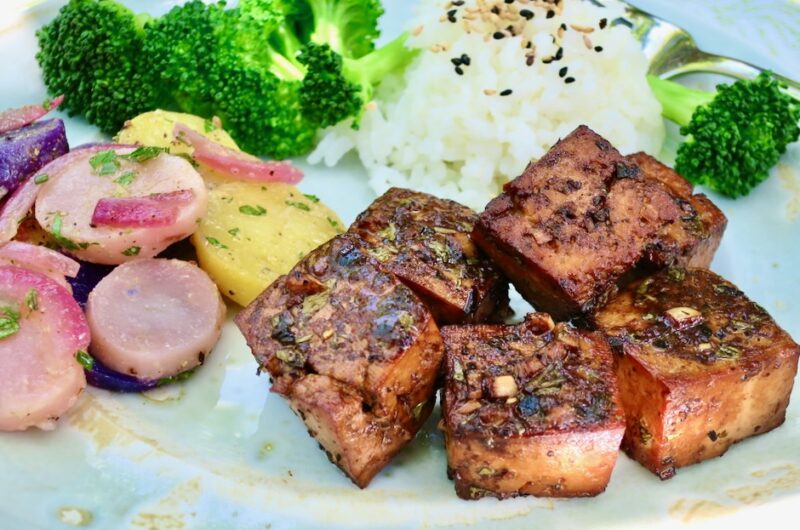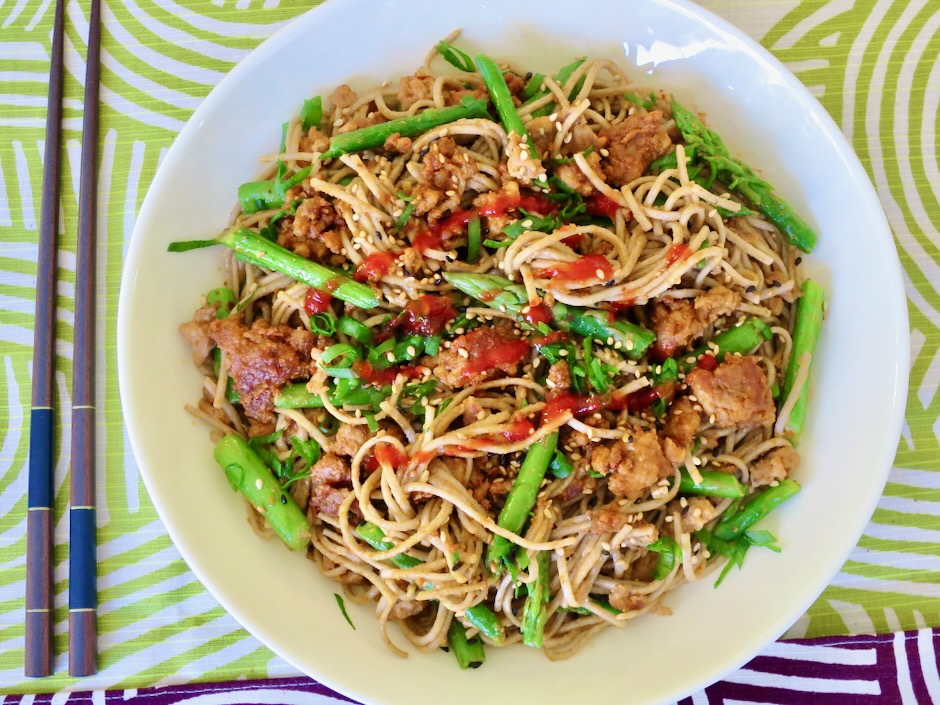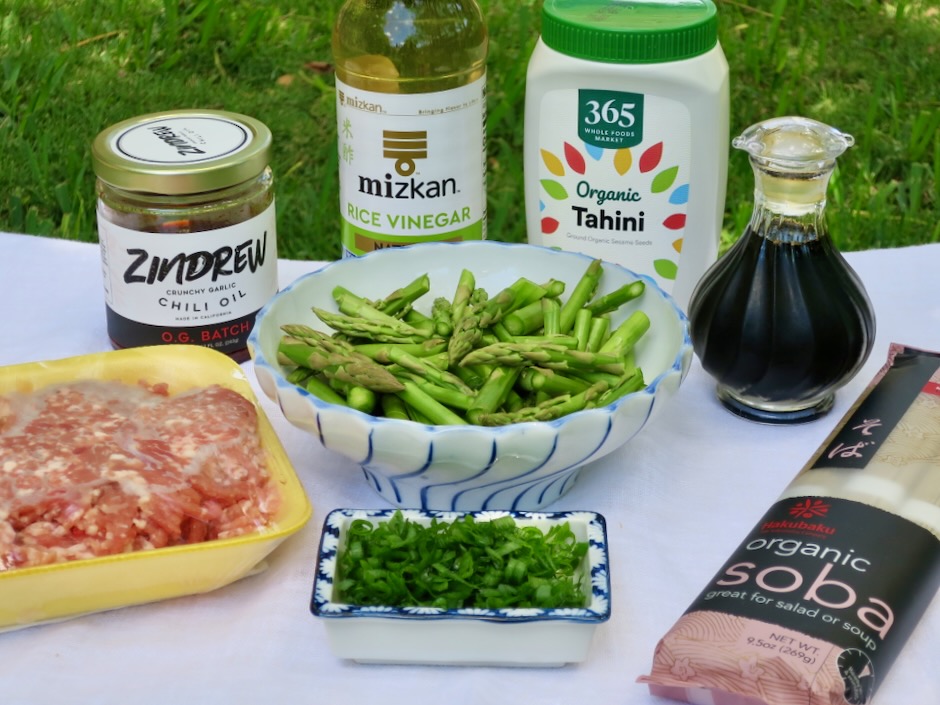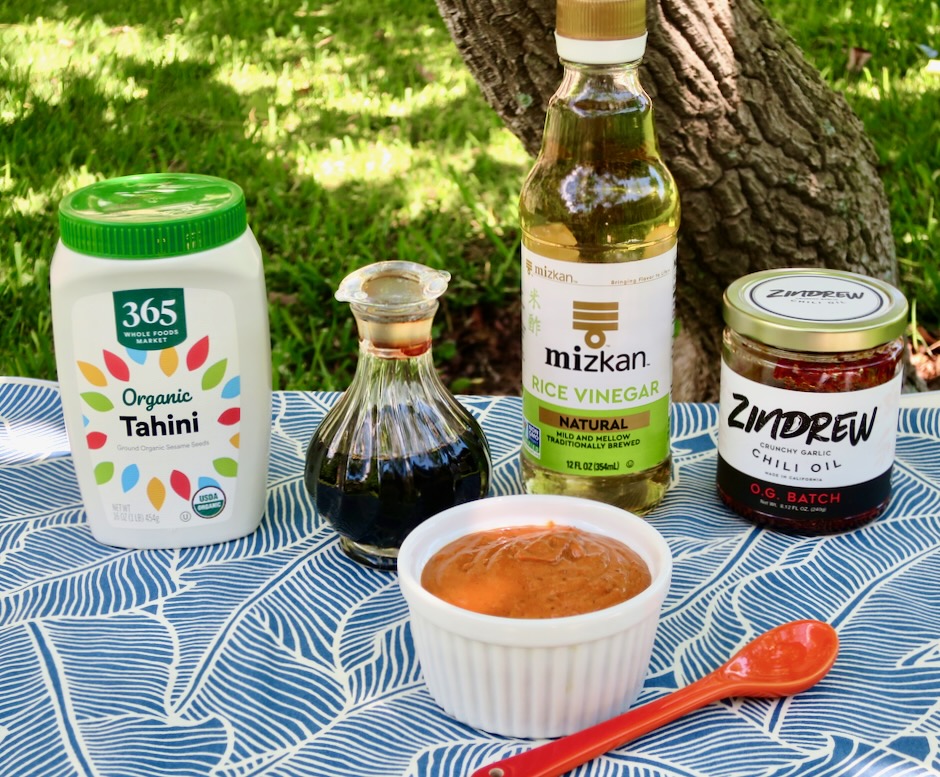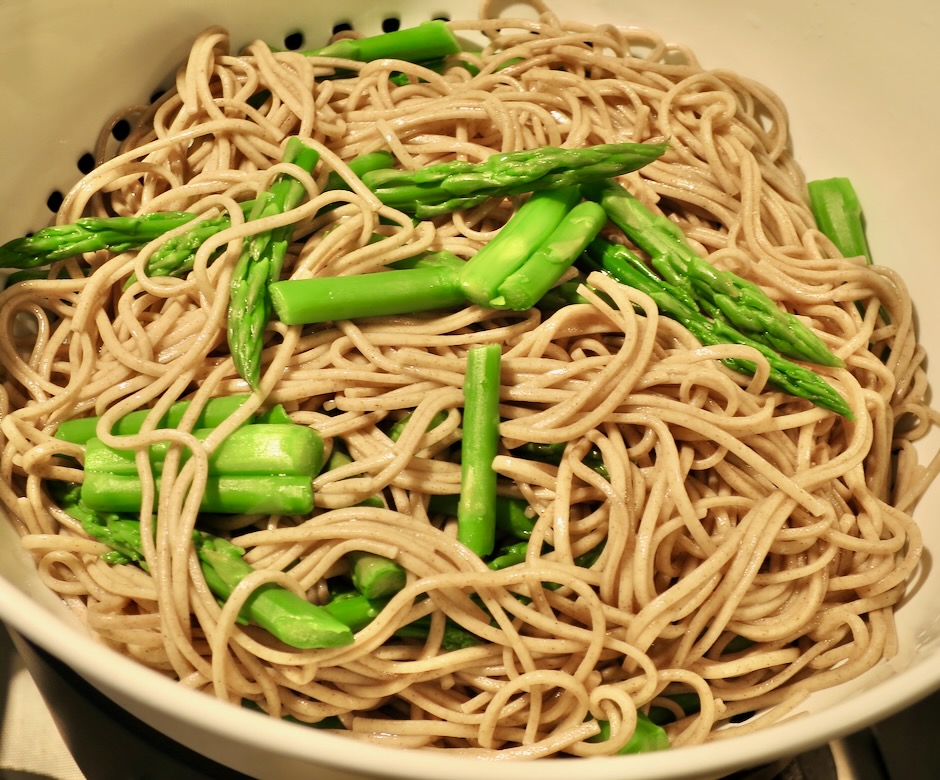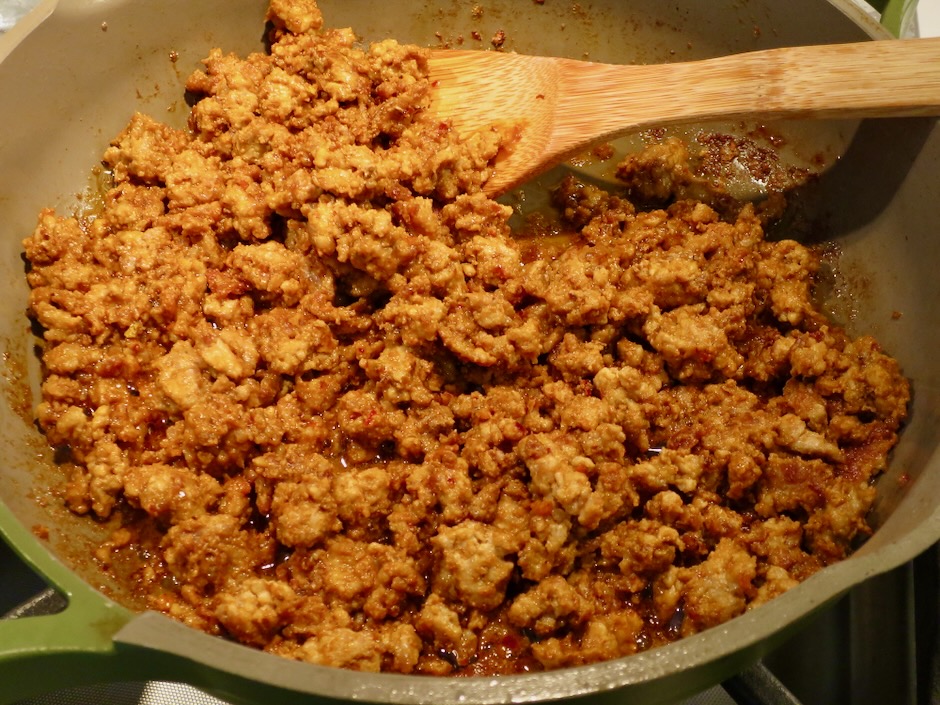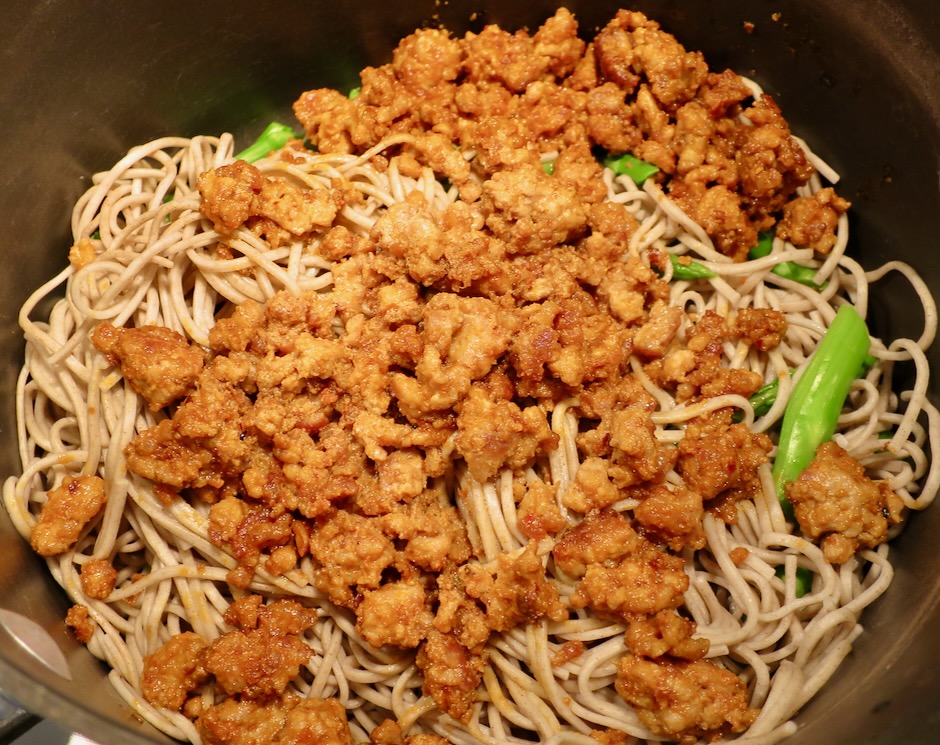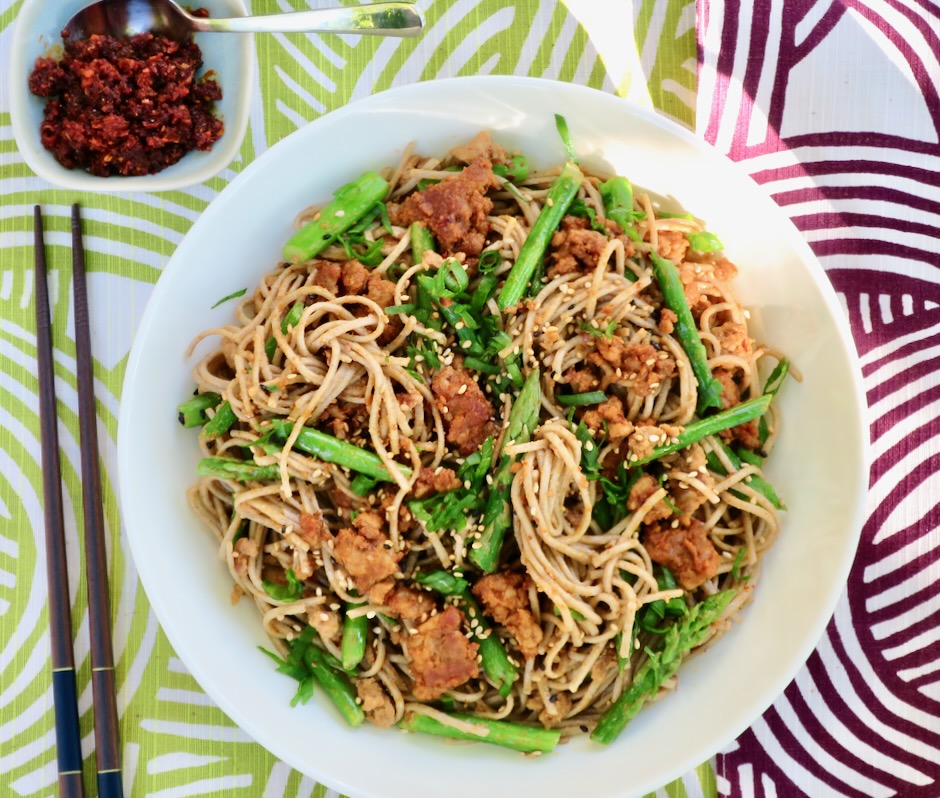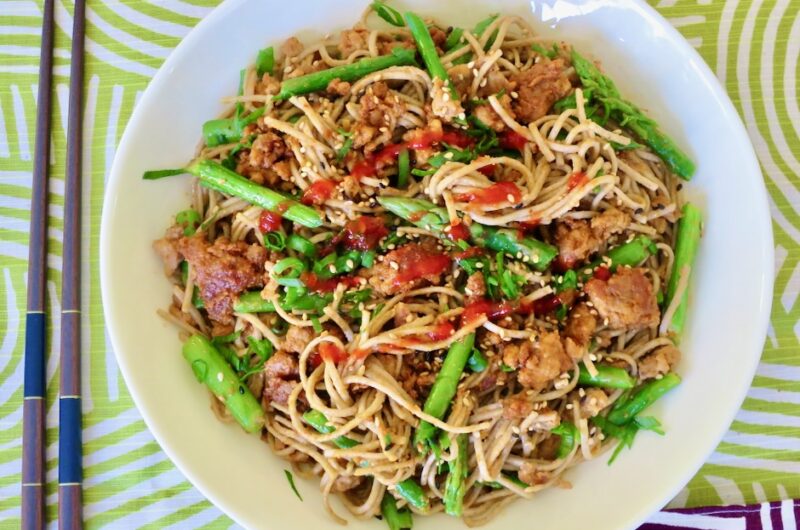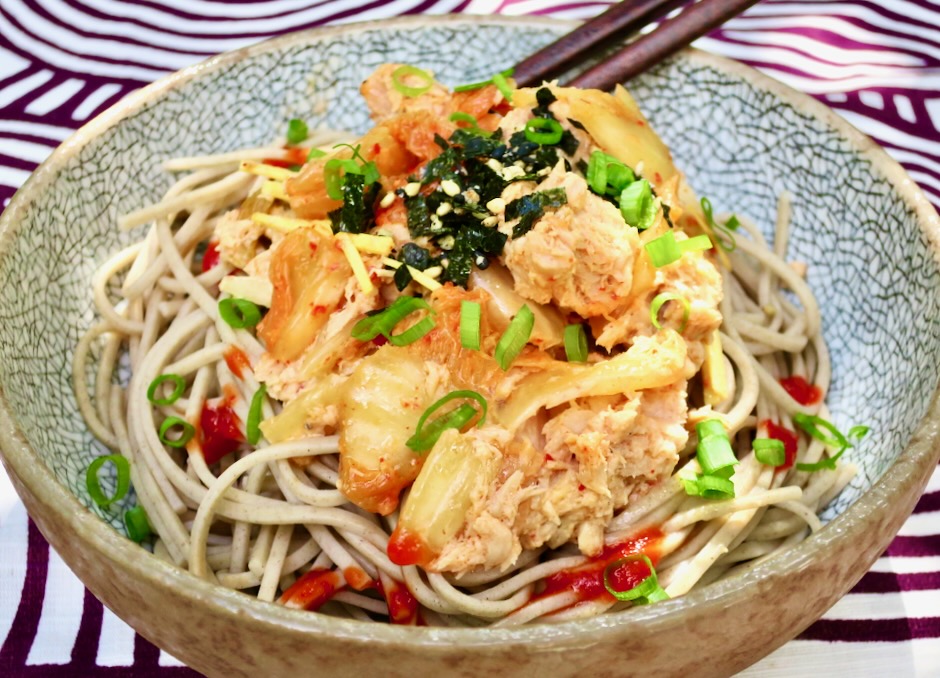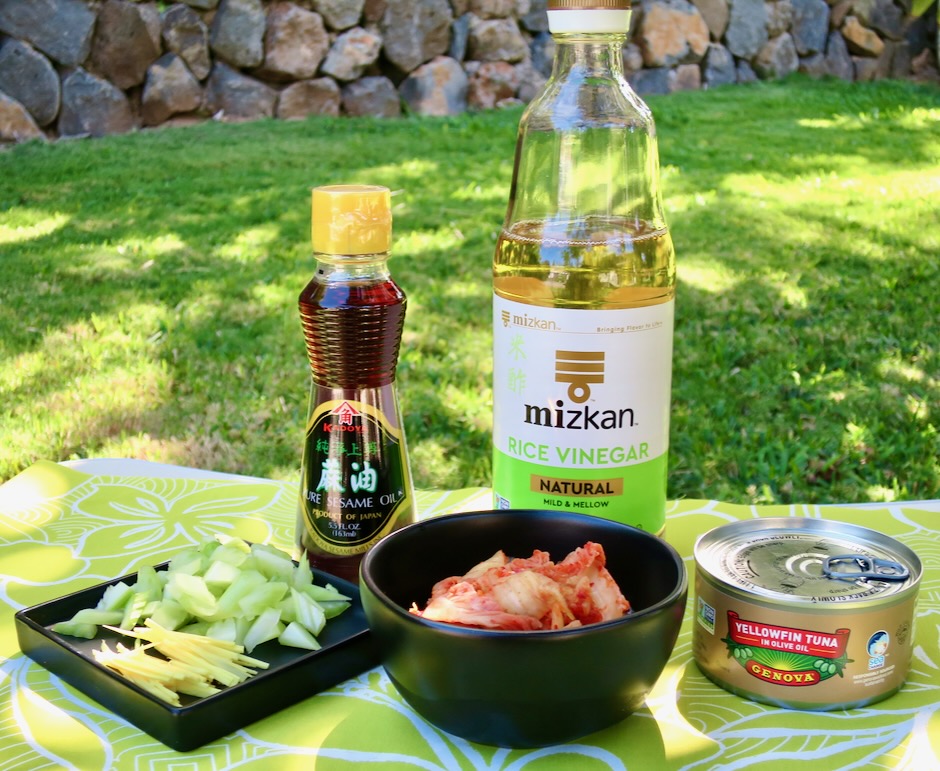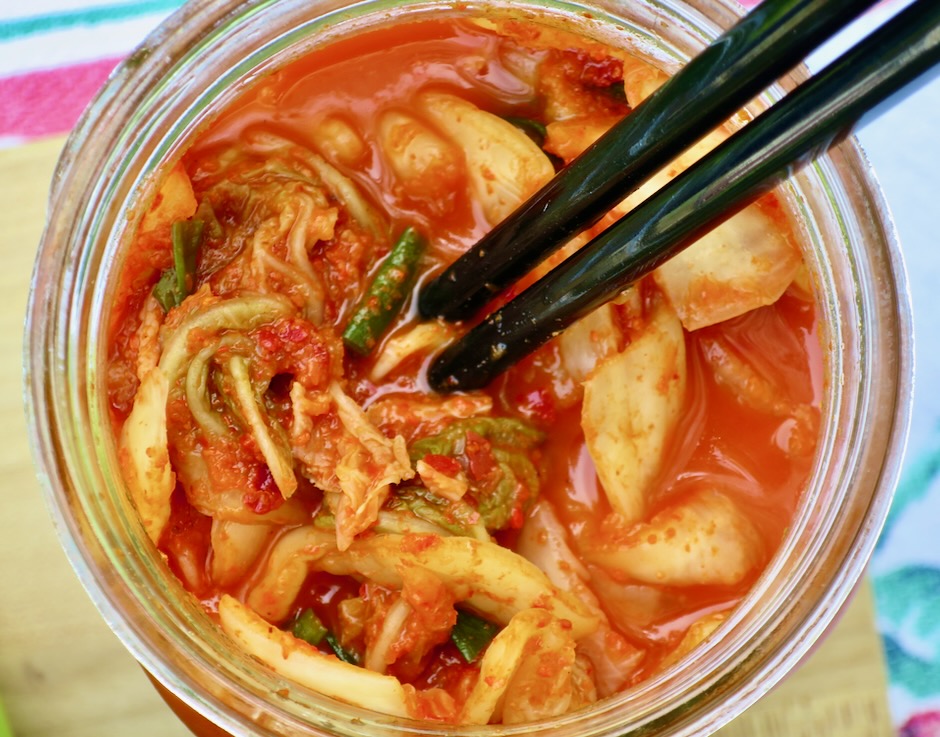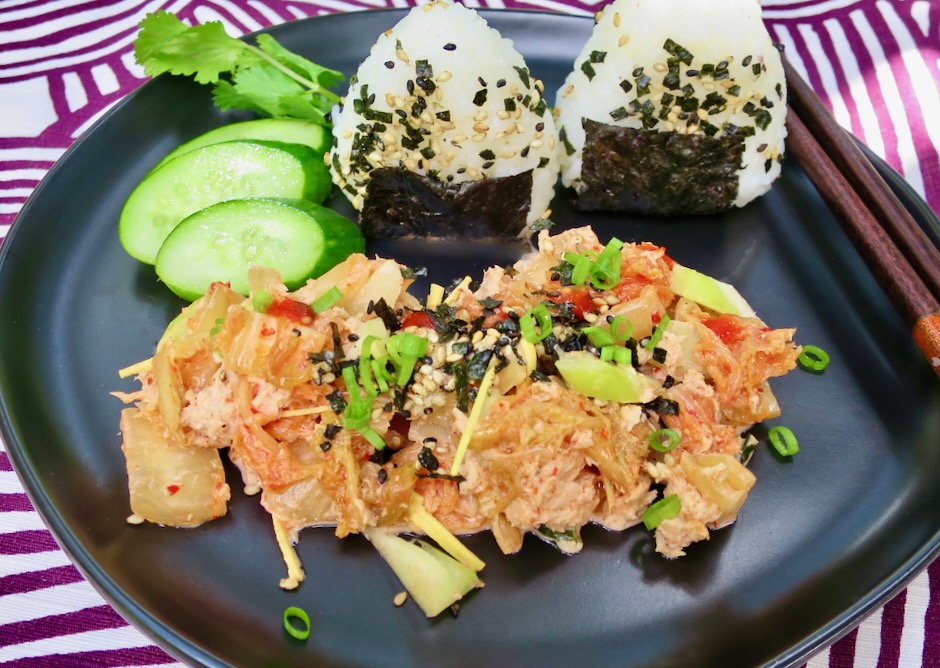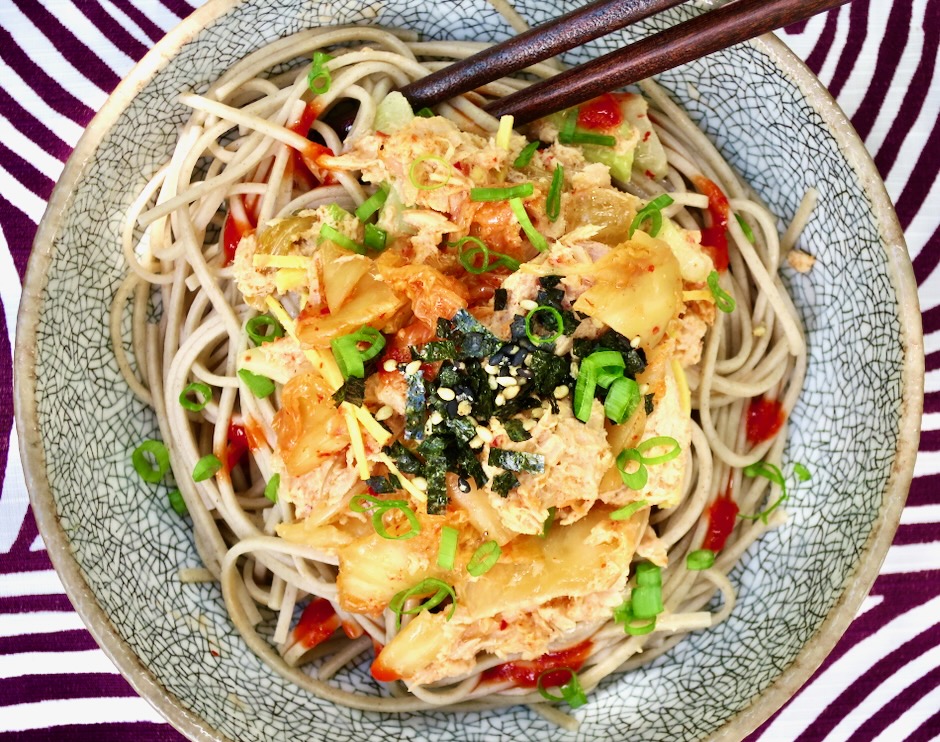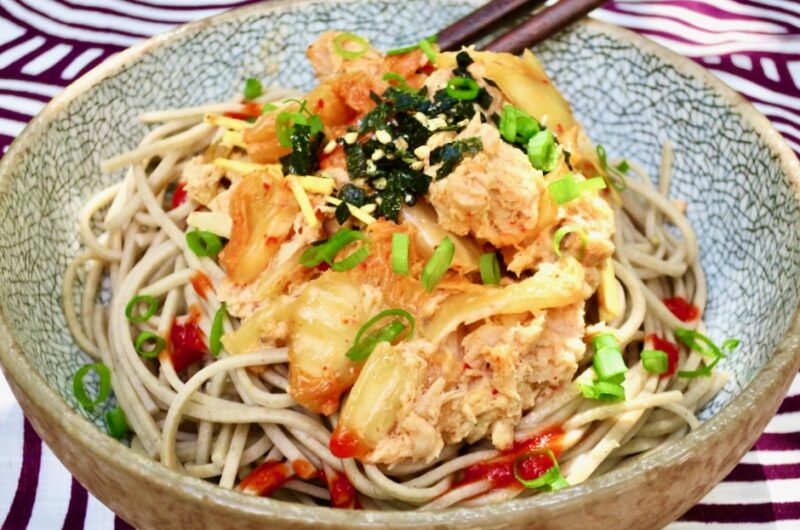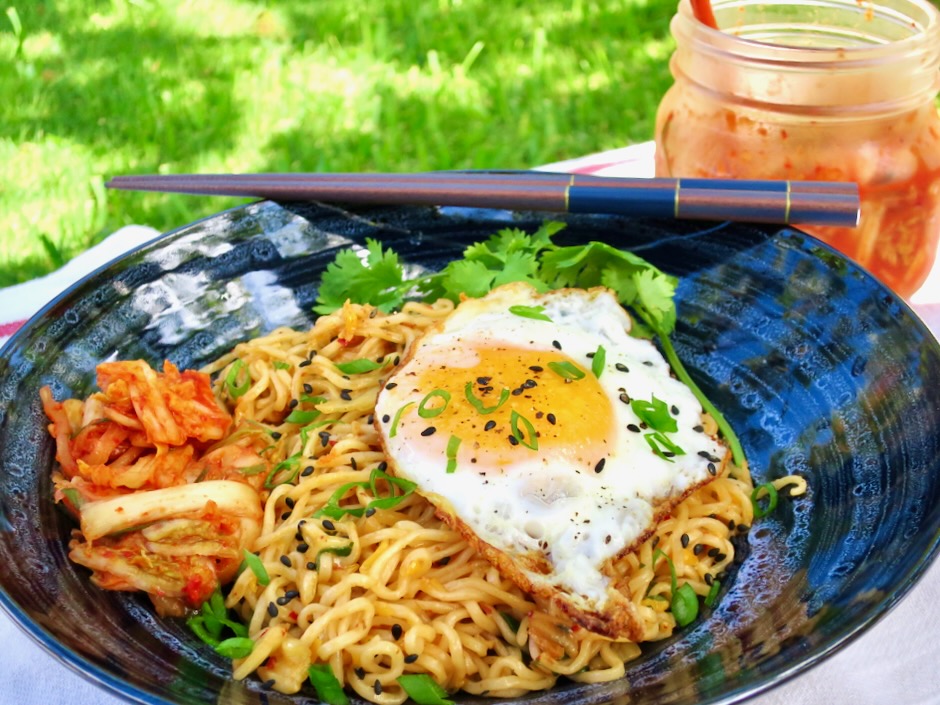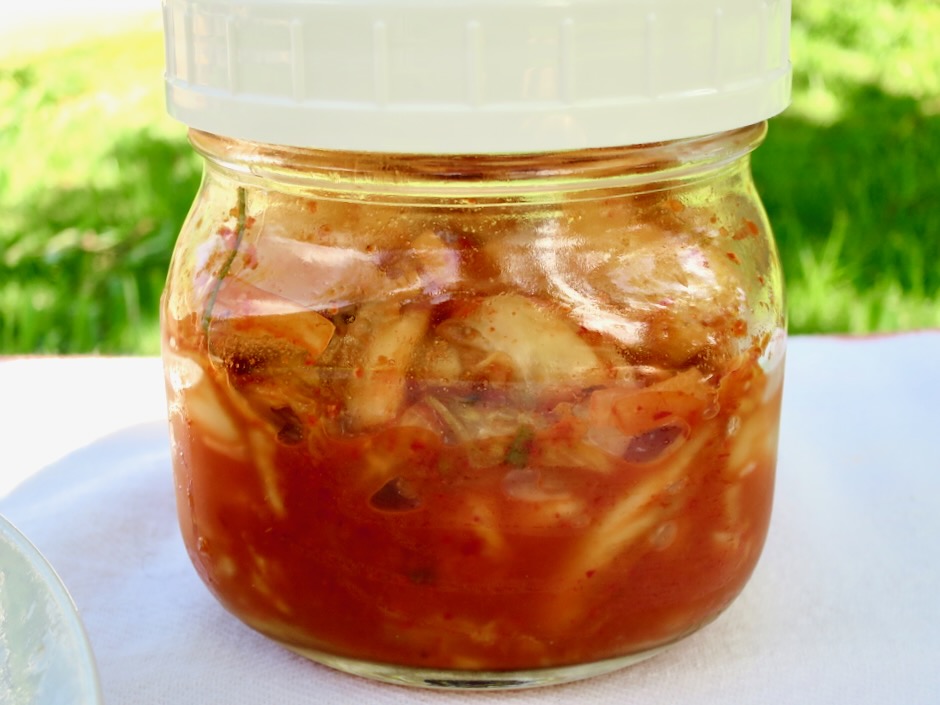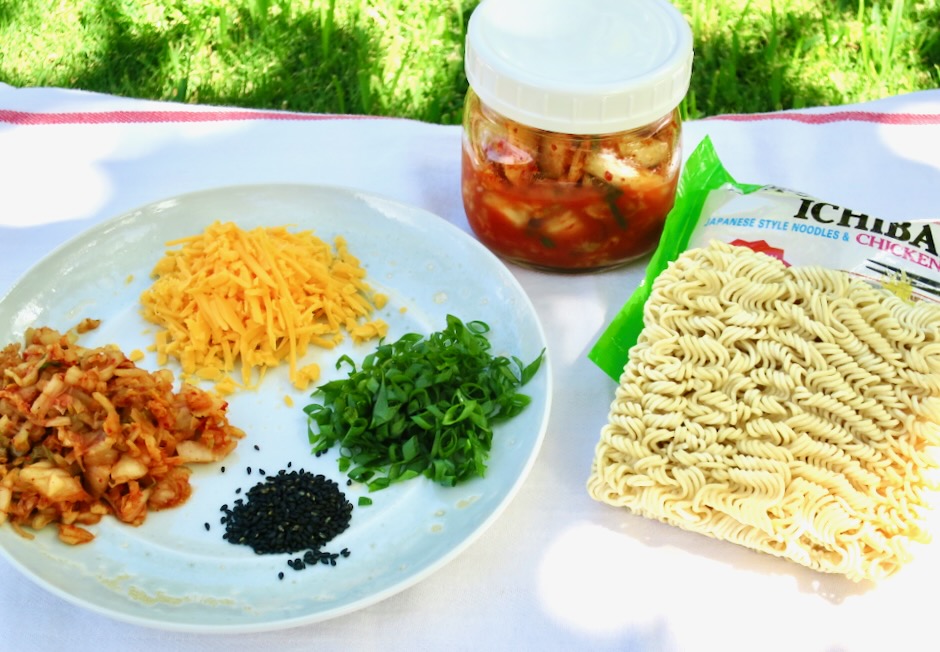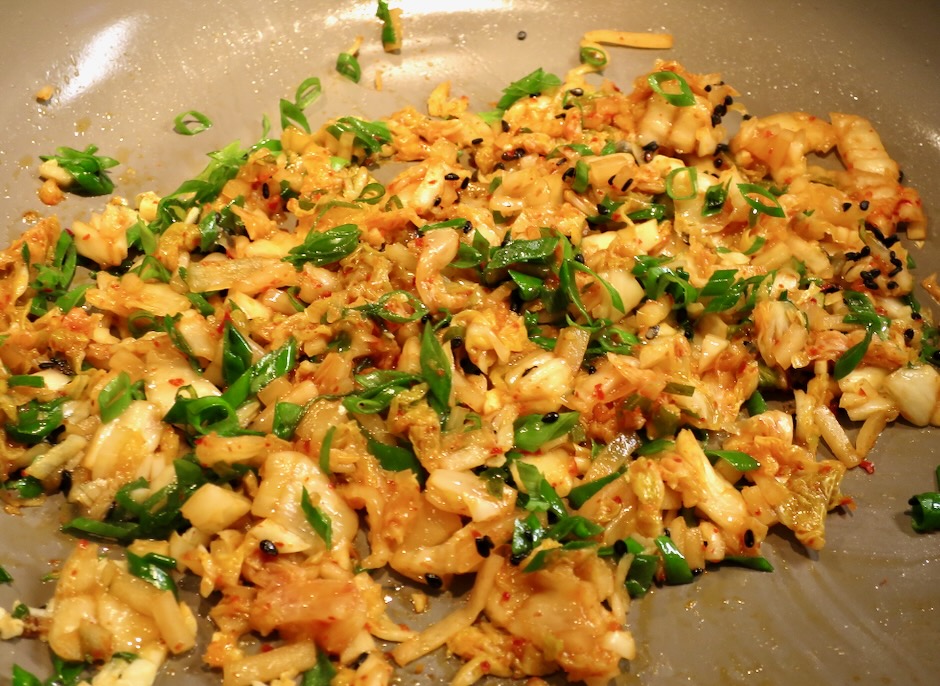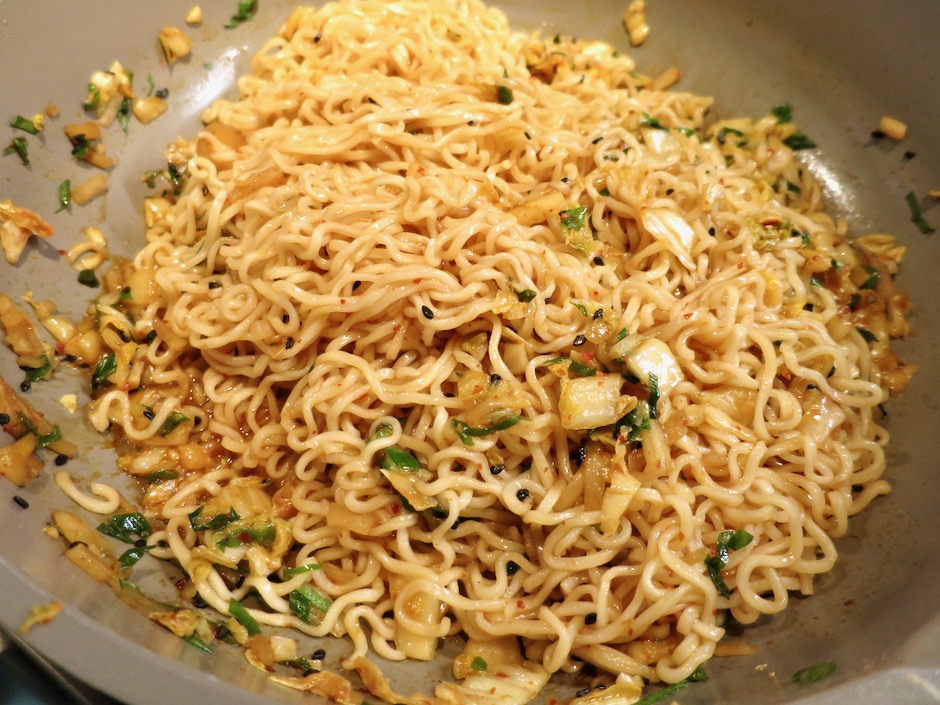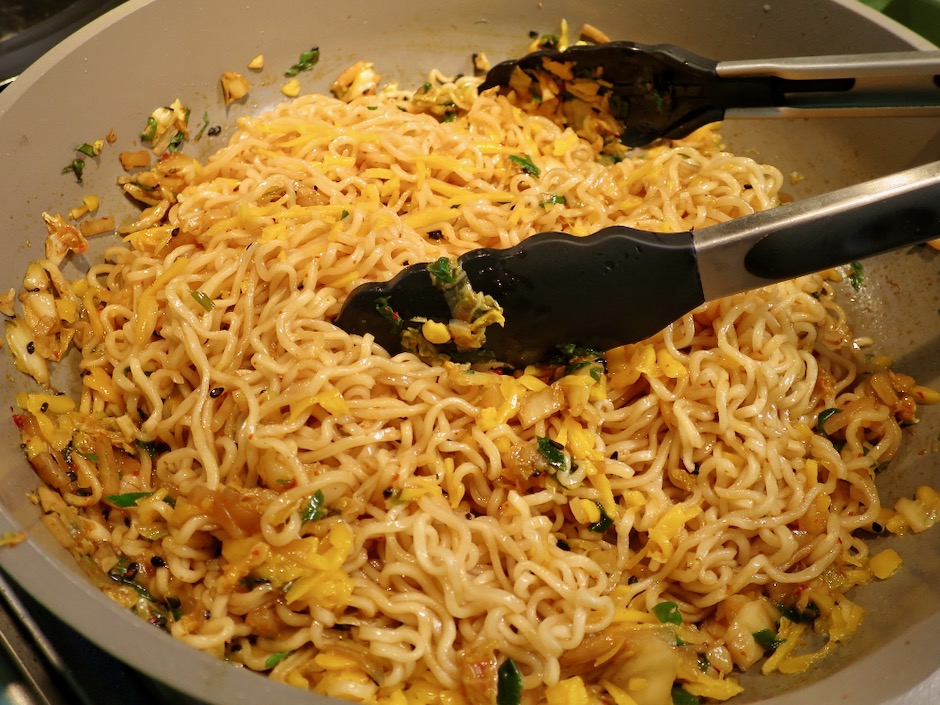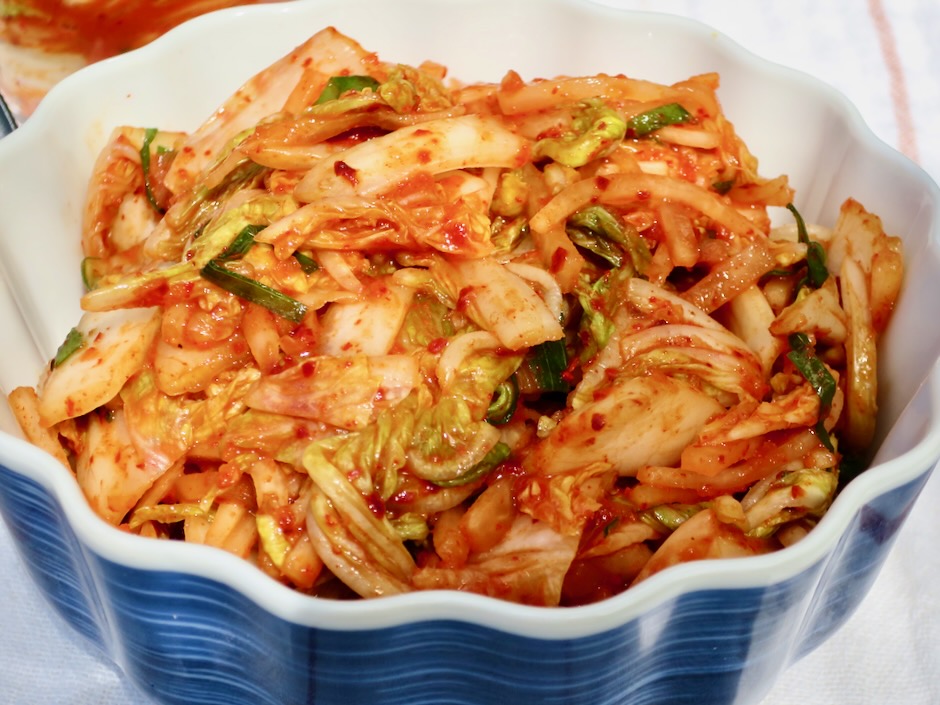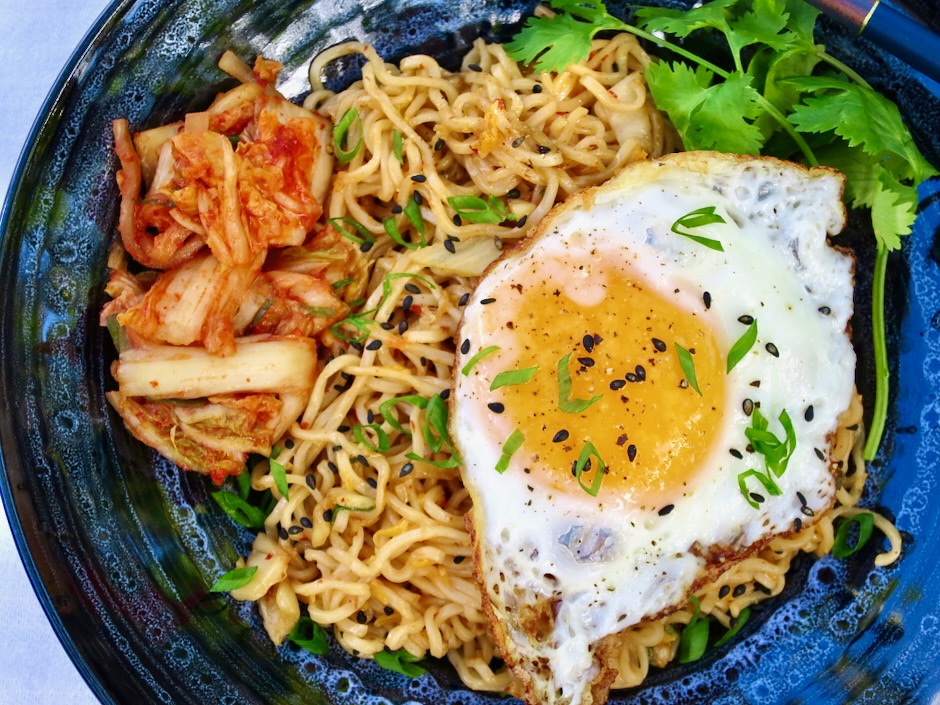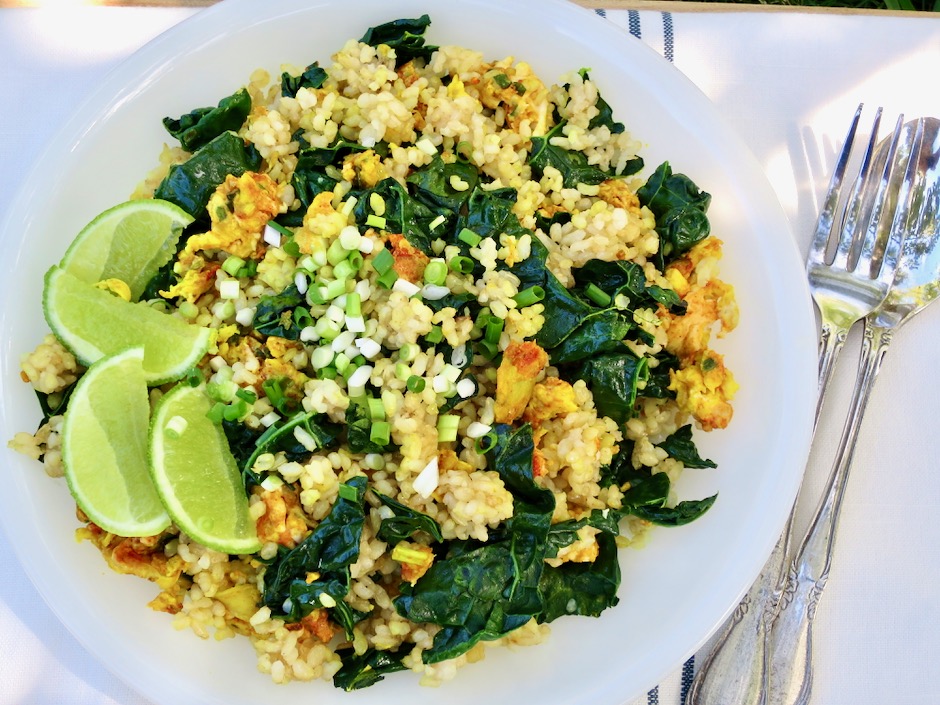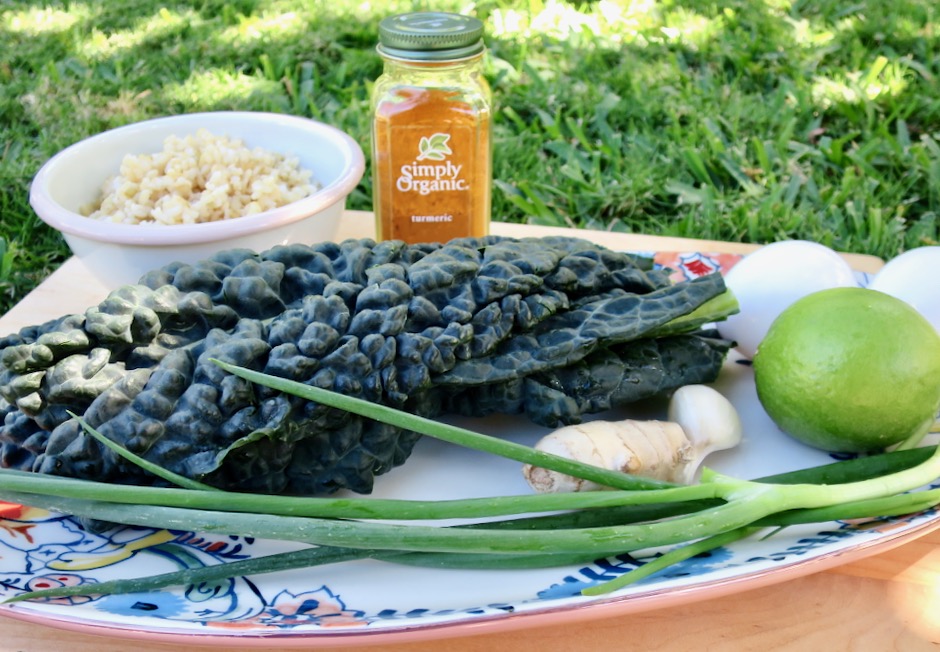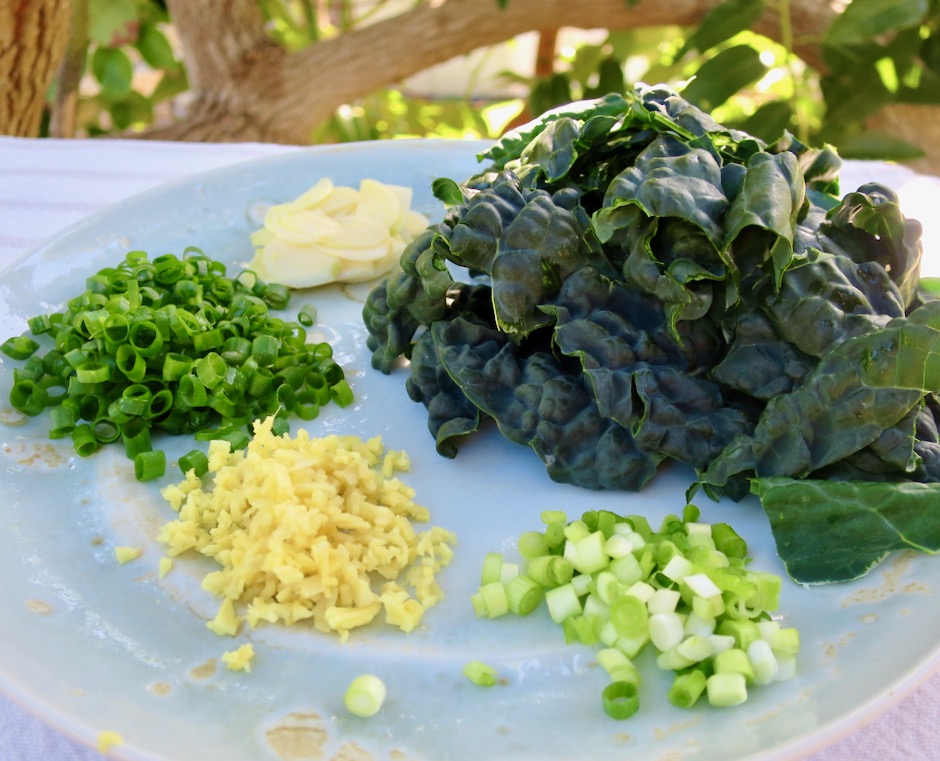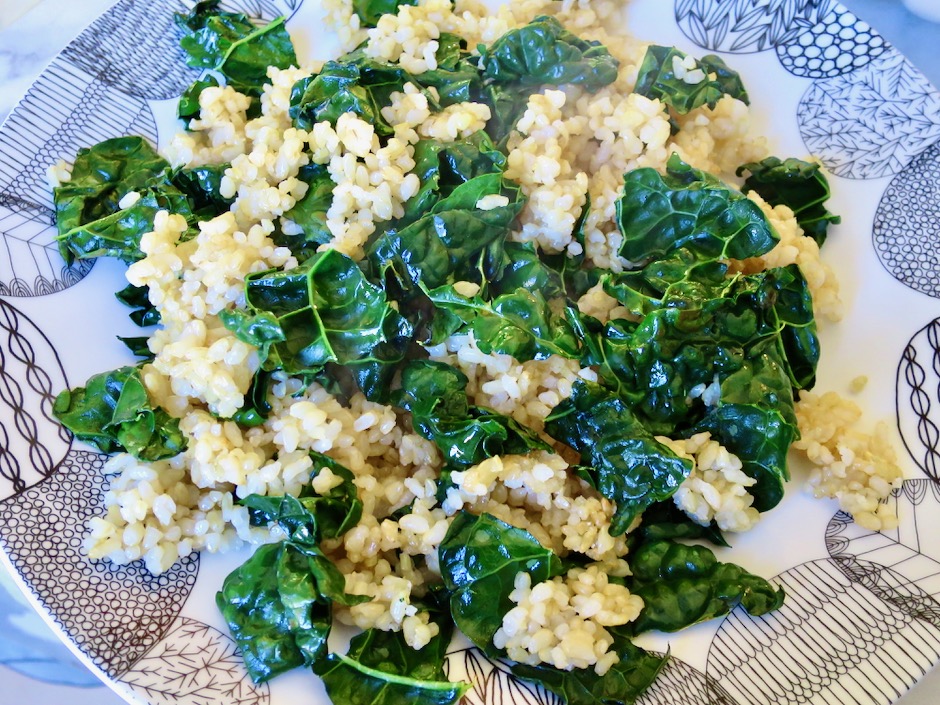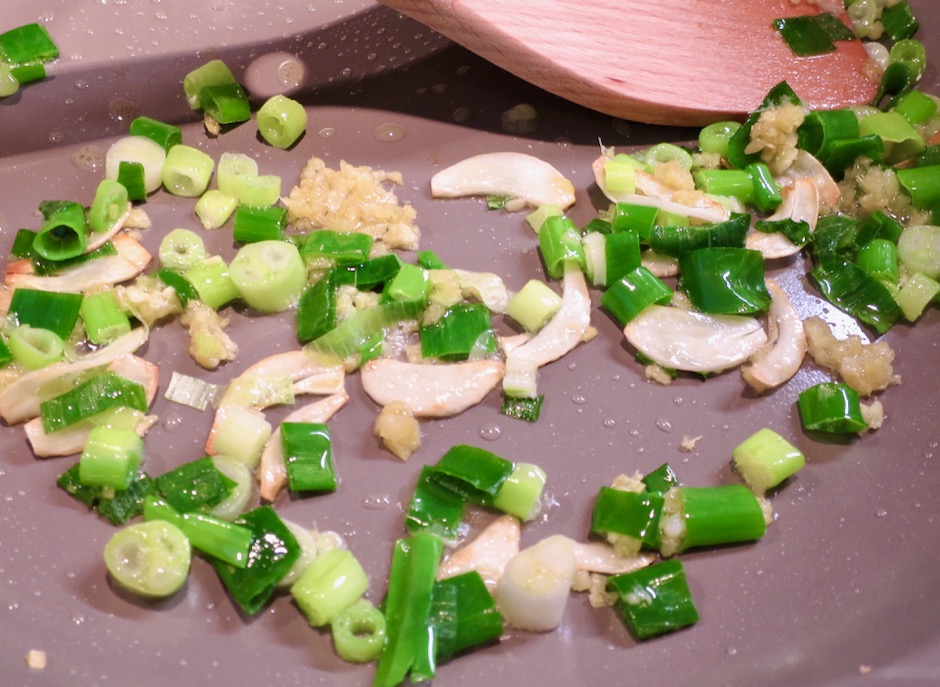
I found this crazy delicious recipe on the NYT Cooking site. Melty cheese and a poached egg on packaged ramen was love at first bite. Kudos to Roy Choi, a Korean-American chef for creating this simple and satisfying bowl of noodles.
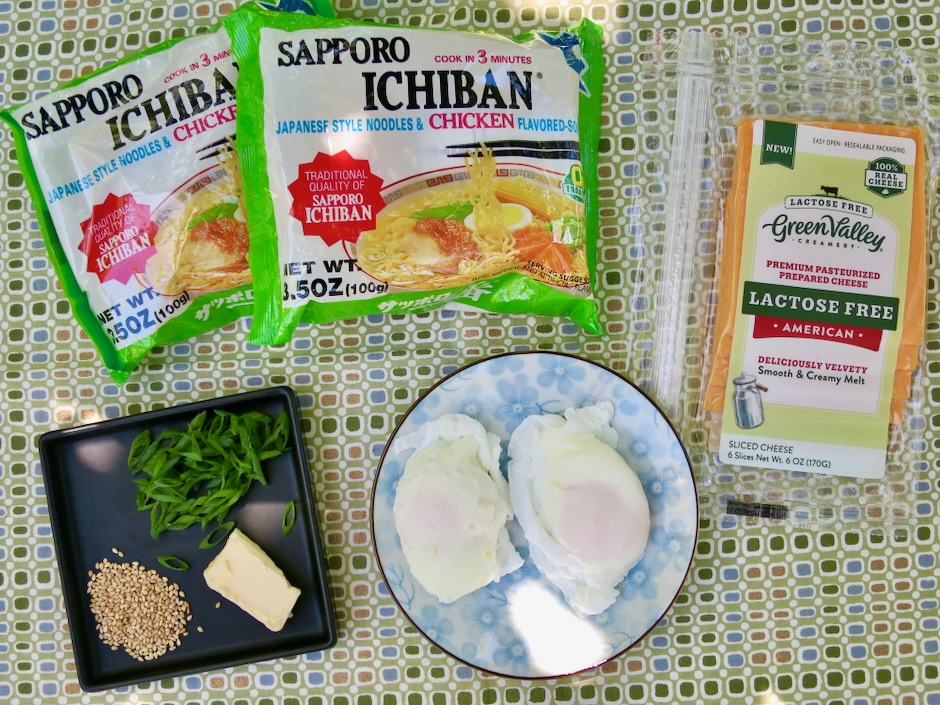
Use your favorite packaged ramen for this easy dish. I was lucky to find lactose free American cheese for my version of the recipe but of course, feel free to use regular American cheese which is easier to find. The original recipe tells you to cook your eggs for 1 minute in the ramen broth once the noodles are transferred to a bowl. A few commenters mentioned the egg wasn’t cooked enough in that short time so I went ahead and poached my eggs prior to adding them to the ramen bowl and they were perfect.
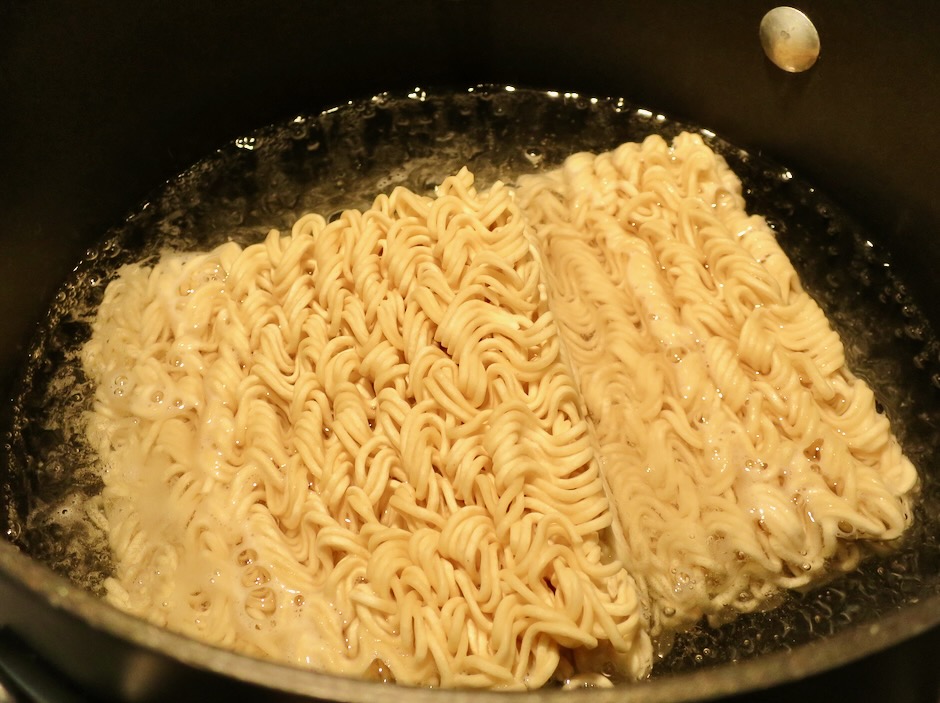
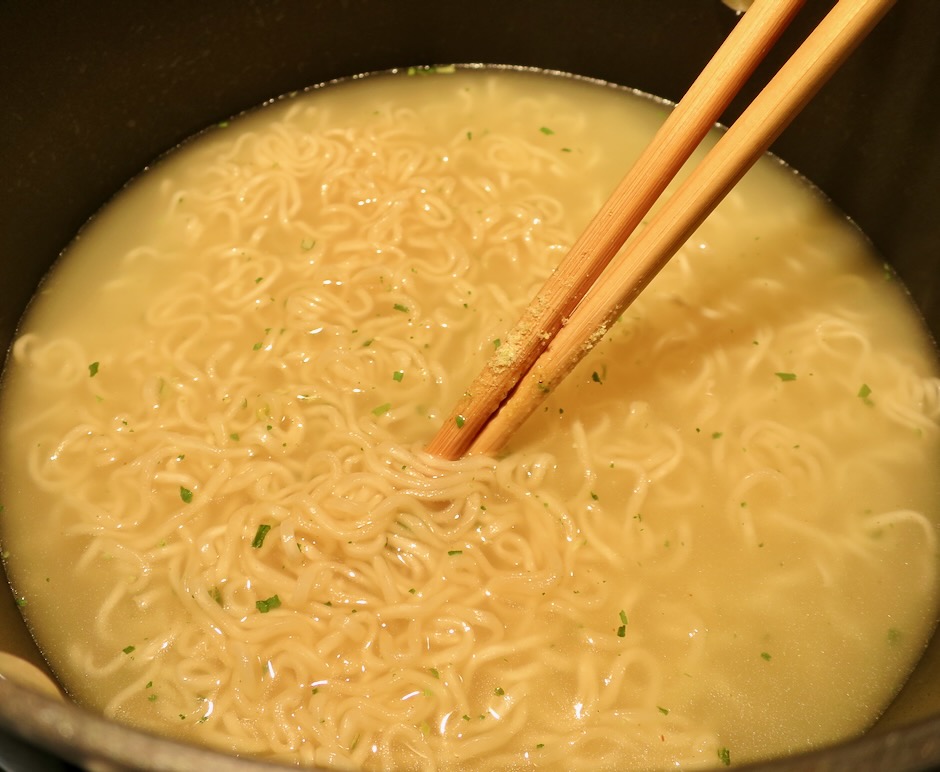
The noodles cook in no time and before you know it you’ll have a bowl of delicious ramen. It’s a fairly rich dish but everyone deserves a splurge now and then.
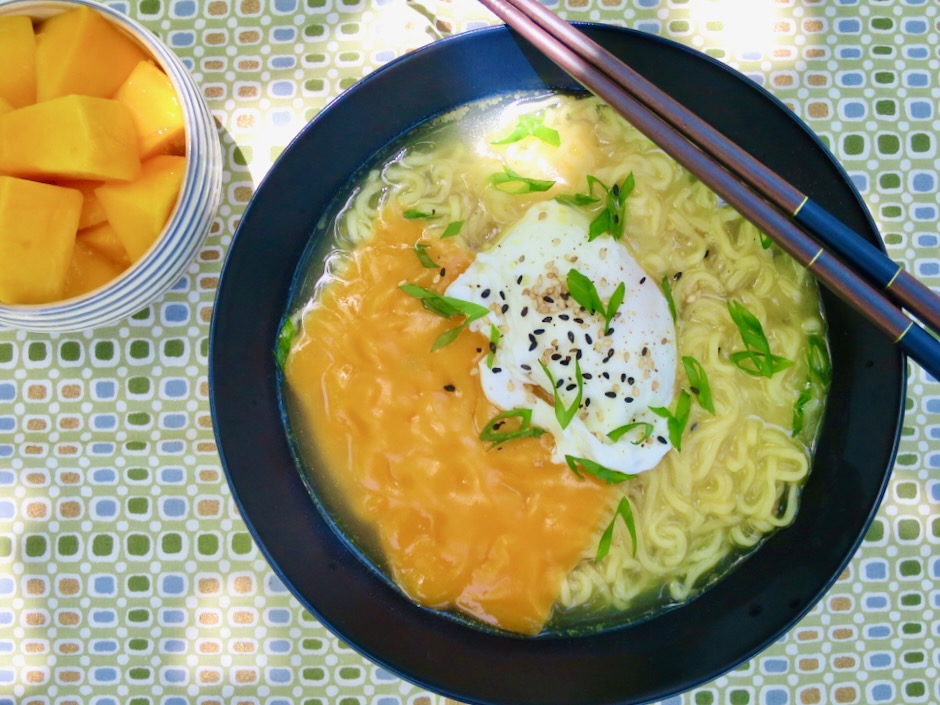
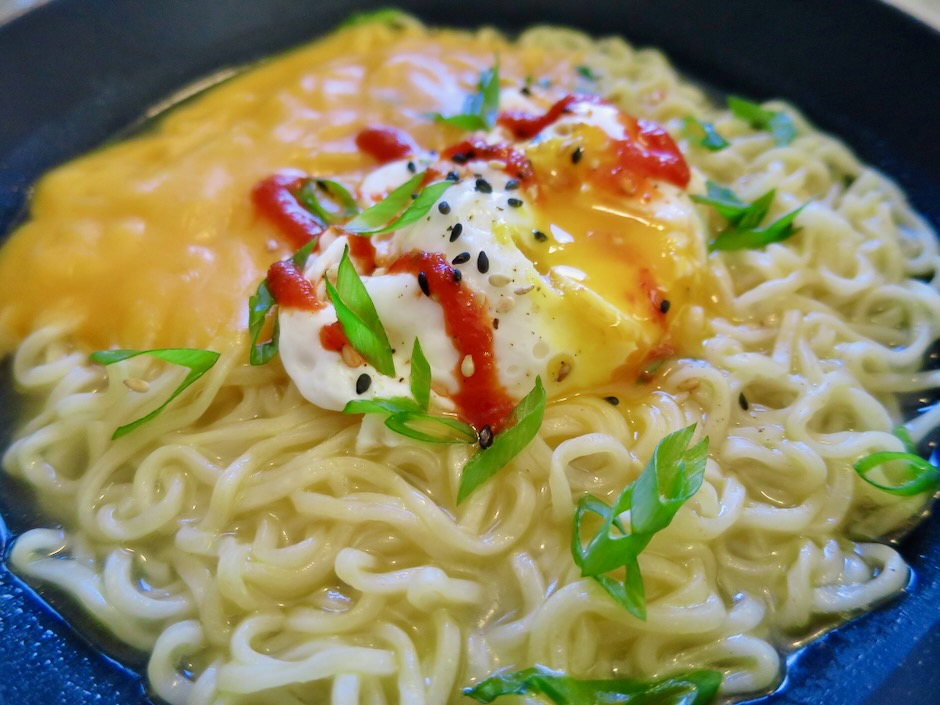
I always add a drizzle of our homemade sriracha to this dish. It adds that perfect little spicy kick that brings it all together. Break up the egg and swirl the cheese in the broth before diving in.
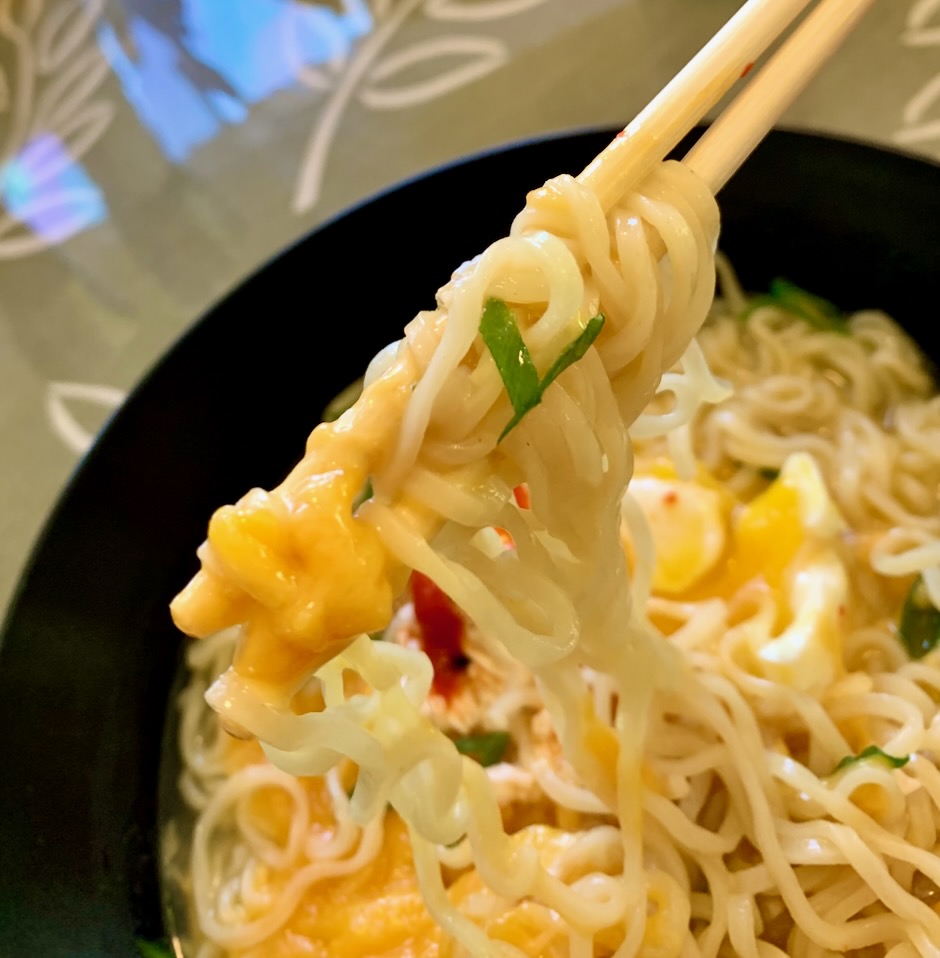
Perfect Instant Ramen
2
servingsAdapted from Roy Choi’s recipe at NYT Cooking
Ingredients
2 packages instant ramen with flavor packets (I used Sapporo Ichiban)
2 large eggs, poached
2 teaspoons butter (I used lactose free Earth Balance, optional)
2 slices American cheese, room temperature (I used Green Valley lactose free)
1/2 teaspoon roasted sesame seeds
1 scallion, green part only, thinly sliced on the bias
sriracha sauce for serving (optional)
Directions
- Bring 5 cups water to a boil in a medium saucepan. Add the noodles and cook for 2 minutes. Stir in the flavor packet.
- Divide noodles and some of the broth between two bowls (you won’t need all of the broth). Immediately add the cheese slices to the noodles submerging slightly in the hot broth. Top noodles with poached eggs, pats of butter (optional), and sesame seeds. Garnish with scallions. Serve with sriracha sauce (optional).
Notes
- To poach eggs, heat 3″ water with 1 tablespoon white vinegar in a small saucepan over high heat. Watch closely. When the water barely reaches a boil and you see small bubbles in the bottom of the pan, gently slide eggs into the water one by one and immediately turn the heat down to medium (crack eggs into small separate bowls). Set the timer for 4 minutes. The water should not be boiling and the eggs should simmer gently. Lower heat as needed. Remove eggs with a slotted spoon and drain on paper towels.


